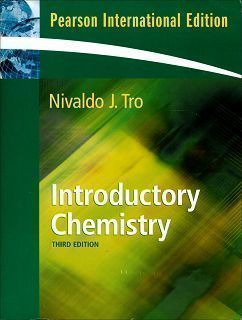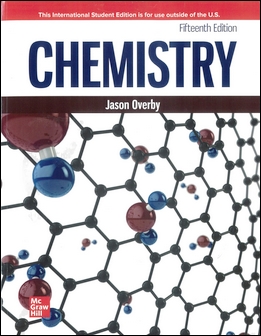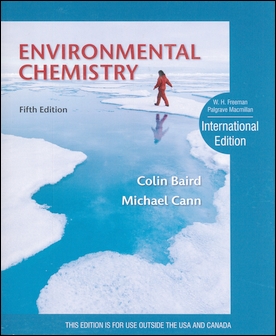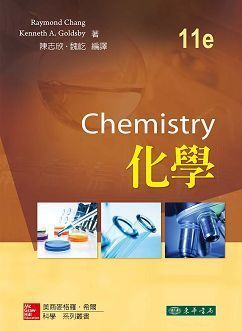書籍分類
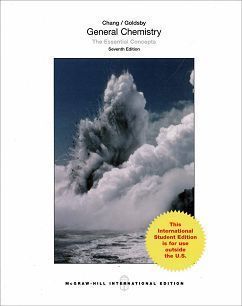
General Chemistry: The Essential Concepts 7/e
作者:Kenneth E. Goldsby, Raymond Chang
原價:NT$ 1,780
ISBN:9781259073762
版次:7
年份:2014
出版商:McGraw-Hill
版次:7
年份:2014
出版商:McGraw-Hill
內容介紹 本書特色 目錄 作者介紹
- Description
The seventh edition of General Chemistry: The Essential Concepts continues the tradition of presenting the material that is essential to a one-year general chemistry course. It includes all the core topics that are necessary for a solid foundation in general chemistry without sacrificing depth, clarity, or rigor. The positive feedback from users over the years shows that there continues to be a strong need for a concise but thorough text containing all of the core concepts necessary for a solid foundation in general chemistry. General Chemistry covers the essential topics in the same depth and at the same level as much longer texts. The reduction in length in this text is achieved in large part by omitting chapters dedicated to descriptive chemistry and boxed essays describing specific applications of chemistry; however, many meaningful and relevant examples of descriptive and applied chemistry are included in the core chapters in the form of end-of-chapter problems.




